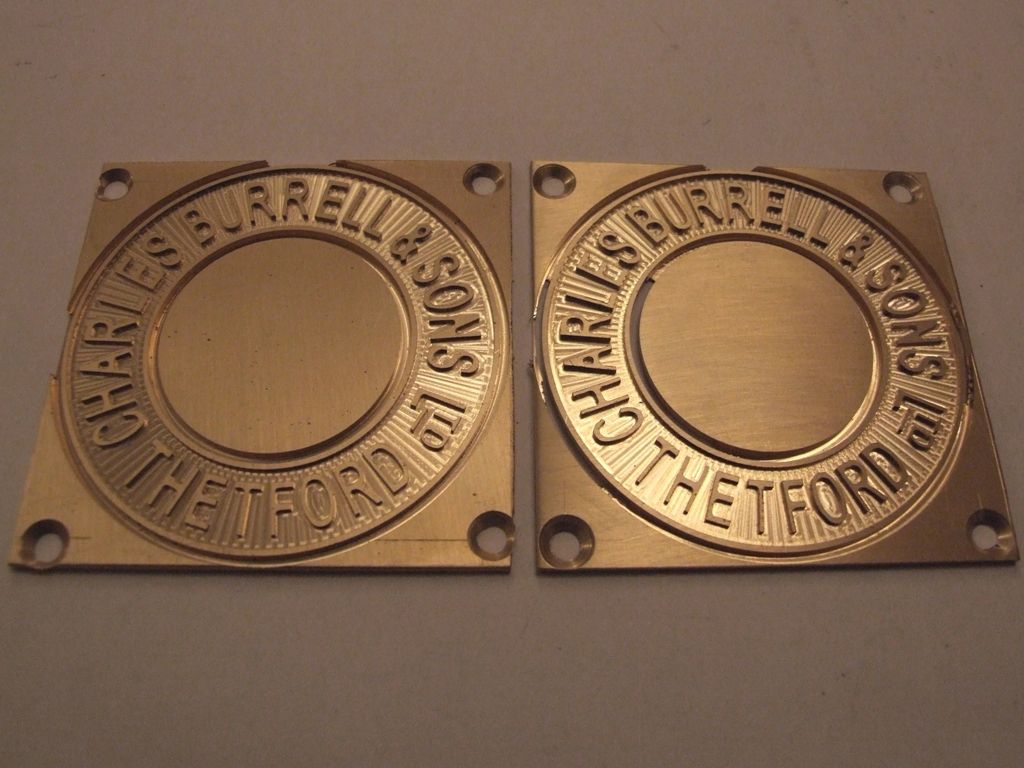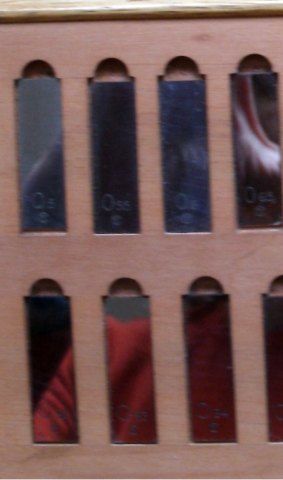Posted by Chris TickTock on 05/09/2019 11:48:31:

OK this picture might help. For diameters I will use a micrometer. For lengths holding a pin gauge under magnification against the cut as in photo. Now back to the question can I make a collection of various diameters on my lathe that will suffice and if so EN1A leaded or Silver Steel? Remember this is micro machining.
Regards
Chris
I would say yes, but to be definitive consider the original post : 'What I am looking for is precision ground small round rods to use to hold against micro items being machined to assess whether it is the right length.' (A perfectly reasonable approach within limits.)
I think the keyword is assess. From the description I believe high accuracy is not needed, ie the job doesn't require an absolute measurement of a value to be made as per the formal definition of accuracy. Rather the intent is to get close to a dimension by eye and magnifying glass so that a number of tiny parts can be made close enough in size to fit together without major rework. The comparison could be relatively crude by absolute standards, say within 5%. ( ie 0.01" is acceptably anything between 0.00975" and 0.0125" )
If that interpretation is the case, pin gauges (useful to a clockmaker) would be a convenient way of assessing size as shown in Chris' picture. No need to invest in a set of costly slip-gauges, even though these would do a better job. (I don't think slip gauges are otherwise useful for clockmaking).
No reason why non-absolute pin gauges shouldn't be home-made and calibrated with a micrometer. I'd be inclined to use Silver Steel or Brass rather than mild steel because mild steel goes rusty and is a little soft. Brass is easier to turn to size than Silver Steel but not as hard wearing. However, treated with care, I'd guess Brass pins would last years.
Great things can be done by comparing magnified objects. Slip gauges and the like come into play when making many objects to specified tolerances, ie 0.015mm ±0.001mm. Mostly done so parts from different suppliers don't have to be fitted together. This is because fitters cost a fortune, take ages, and make mistakes. Working to tolerances is unlikely to be needed in most amateur workshops where our time is our own. Everything I make is fitted, not precision made.
Dave
Edited By SillyOldDuffer on 05/09/2019 16:32:14
Hopper.







